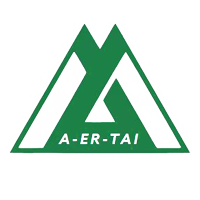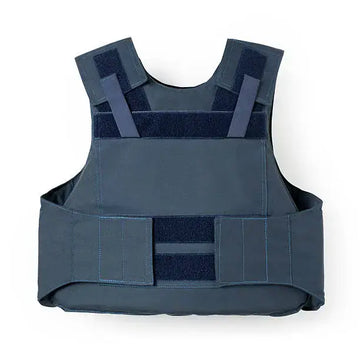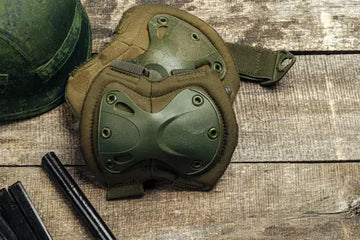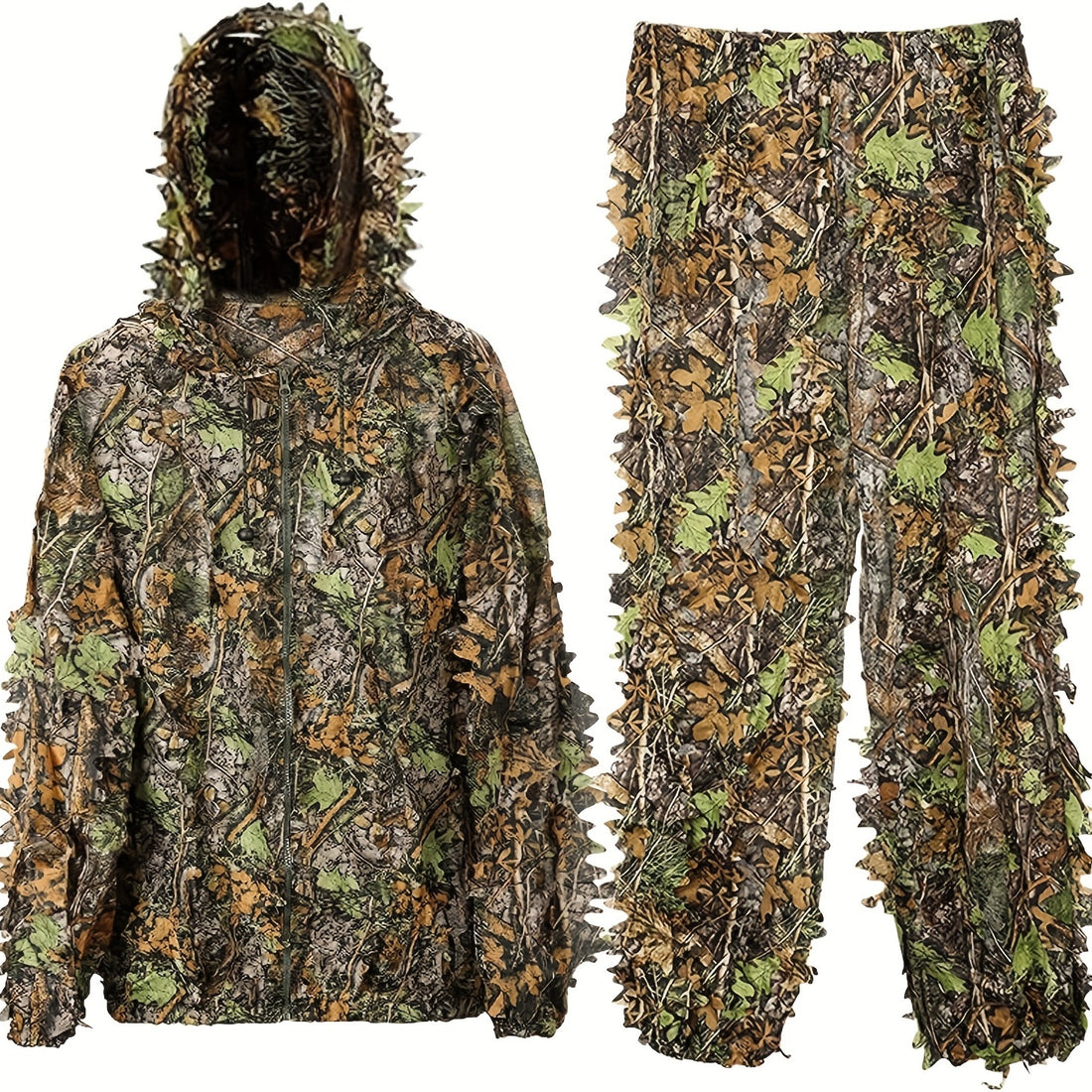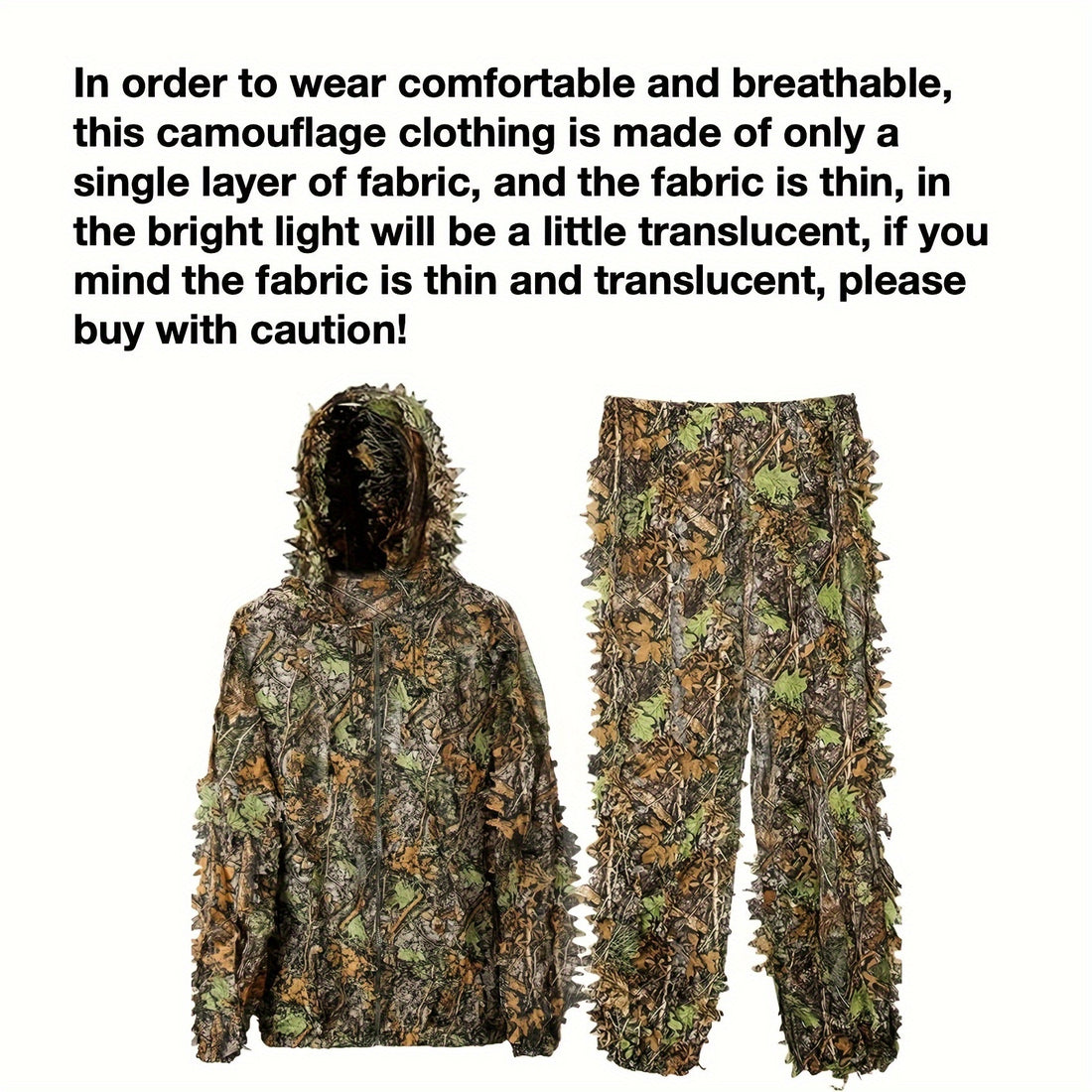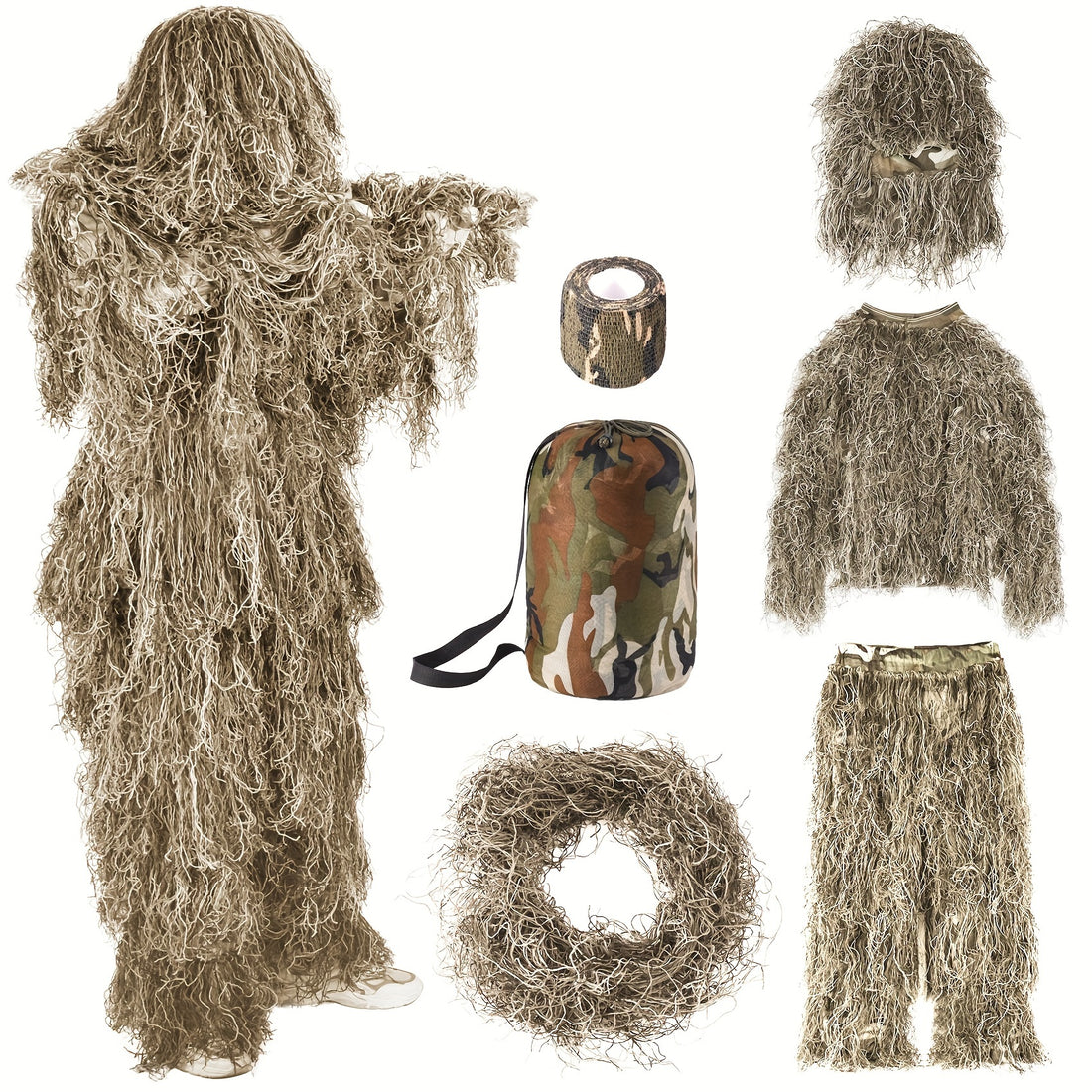Bulletproof vests are amazing tools that save lives every day, but there’s a lot of confusion out there about what they can and can’t do.
If you are someone who doesn’t know or is not familiar with tactical equipment, you might believe everything you hear about bulletproof vests. However, the reality is quite different.
In this guide, we’re going to bust 10 common myths about bulletproof vests, explain how they really work, and give you the info you need to pick the right gear.
Ready? Let’s get started!
How Do Bulletproof Vests Work?
Before we jump into the myths, let’s cover the basics. Bulletproof vests—technically called ballistic-resistant armor—don’t stop bullets like a brick wall.
Instead, they use layers of tough materials, like Kevlar® or ultra-high-molecular-weight polyethylene (UHMWPE), to catch the bullet, soak up its energy, and spread it out so it doesn’t punch through.
Think of it like a super-strong net that slows the bullet down and keeps it from doing as much harm. Here’s a quick look at the two main types:
-
Soft Armor: These are flexible vests made of woven fibers. They’re great for stopping handgun bullets, like a 9mm or .44 Magnum, and are rated up to Level IIIA.
- Hard Armor: These use stiff plates—usually ceramic, steel, or polyethylene—to stop powerful rifle rounds. They’re rated Level III or IV and are built for bigger threats.
To test how well vests work, the National Institute of Justice (NIJ) sets the standard.
Here’s a simple chart of their protection levels:
| NIJ Level | Protection Against | Common Use |
| II | 9mm, .357 Magnum | Security guards, low-risk |
| IIIA | .44 Magnum, .357 SIG | Police, civilians |
| III | Rifles (7.62mm FMJ) | Military, tactical teams |
| IV | Armor-piercing rifles | Military, extreme threats |
Source: National Institute of Justice (NIJ)
Myth 1: “Bulletproof Vests Are 100% Effective”
Reality: No vest can promise perfect protection every time. It depends on a few big factors:
- Bullet Type: A vest made for handguns (like Level IIIA) won’t stop a rifle bullet. You need the right level for the threat.
- Shot Placement: Vests cover your chest and stomach, but arms, legs, and your head are still exposed.
- Condition: If a vest is old, torn, or doesn’t fit right, it won’t work as well—or at all.
The NIJ has found that certified vests save lives in most shooting cases when they fit properly. That’s huge! But it shows there’s still a chance things can go wrong. Always double-check your vest’s NIJ rating and swap it out if it’s damaged or worn out.
Myth 2: “One Vest Stops All Bullet Types”
Reality: Not true—vests are built for specific jobs. A soft Level IIIA vest can handle most handgun rounds, but it’ll fail against a rifle.
Meanwhile, a Level IV hard plate is designed to stop armor-piercing rifle rounds, which is overkill for everyday civilian use.
For example, police often wear concealable IIIA vests under uniforms, while soldiers in combat zones use Level IV plates.
Pro Tip: Want protection from both? Combine soft armor with hard plates in a tactical carrier. Check out our modular plate carriers for options that let you mix and match.
Myth 3: “They’re Too Heavy and Bulky”
Reality: This used to be true, but not anymore. New materials like UHMWPE have made vests way lighter. Here’s the difference:
-
Soft Armor: Can weigh as little as 0.25 lbs per square foot—lighter than a water bottle!
- Hard Plates: A Level III polyethylene plate is about 3 lbs, while older steel ones hit 8 lbs or more.
Plus, companies now add things like breathable padding and adjustable straps to make them easier to wear all day. You don’t have to feel like you’re lugging around a suitcase anymore!
Myth 4: “Vests Last Forever”
Reality: Sadly, no. Most bulletproof vests have a shelf life of about 5 years. Stuff like sweat, sunlight, and damp air can break down the fibers over time, making them less effective.
Some vests even come with an expiration date stamped on them! Always check the manufacturer’s care instructions and replace your vest when it’s time—don’t risk it.
Myth 5: “Only Military/Police Need Them”
Reality: Vests aren’t just for soldiers or cops anymore. People like journalists working in dangerous areas, private security guards, or even regular folks worried about safety are buying them.
With crime rates on people’s minds, companies now make covert vests that look like normal jackets or hoodies.

Myth 6: “They’re Uncomfortable to Wear”
Reality: They can be uncomfortable if they don’t fit right or if you’re stuck with an old design. But modern vests fix that with:
-
Custom Sizing: Get one tailored to your body.
-
Moisture-Wicking Liners: Keeps you dry and cool.
- Lightweight Materials: Less strain on your shoulders.
Fun fact: Surveys show that many police officers say newer vest models make moving around easier. Comfort matters, so shop smart!
Myth 7: “All Vests Are the Same”
Reality: Nope—there’s a big difference between vests. It’s all about materials, testing, and design. For example:
-
Kevlar®: Tough and affordable, but a bit heavier.
- UHMWPE: Super light, but costs more.
Some cheap vests skip NIJ testing, so they might not hold up when it counts. Always look for that NIJ certification—it’s your proof the vest has been properly checked.
Myth 8: “Too Expensive for Civilians”
Reality: Prices vary, but there’s something for most budgets. Basic soft armor starts around $150, while top-tier Level IV plates can run up to $1,000. Think of it like buying a good phone or a bike—it’s an investment in staying safe.
Myth 9: “Can Handle Unlimited Hits”
Reality: Even the toughest vests wear out after taking hits. A Level IV plate, for instance, is tested to stop one armor-piercing round. After that, it might crack or weaken.
Soft armor can take a few more handgun rounds, but it still degrades. If your vest takes a bullet, replace it ASAP—don’t chance a second hit.
Myth 10: “They Offer Full Body Protection”
Reality: Vests focus on your vital organs—heart, lungs, stomach—but they don’t cover everything. Your arms, legs, neck, and head are still at risk.
For extra safety, add a helmet or trauma pads (soft inserts that reduce bruising). It’s about building a system, not relying on just one piece.
Conclusion
Bulletproof vests are incredible, life-saving tools, but they’re not perfect or magical. Knowing what they can do—and what they can’t—is the key to using them right. Here’s your takeaway:
- Pick NIJ-certified gear that matches your risks.
- Replace old or damaged vests without hesitation.
- Add extras like helmets or plates if you need more coverage.
Want to dig deeper? Check out our Guide to Body Armor Evolution or swing by the NIJ’s resource hub for official info. Stay smart, stay safe!
